
This free book constitutes the refereed post-conference proceedings of the First International Workshop on Multiple-Aspect Analysis of Semantic Trajectories, MASTER 2019, held in conjunction with the 19th European Conference on Machine Learning and Knowledge Discovery in Databases, ECML PKDD 2019, in Würzburg, Germany, in September 2019. The 8 ful...

Principles of Macroeconomics is an adaptation of the textbook, Macroeconomics: Theory, Markets, and Policy by D. Curtis and I. Irvine, and presents a complete and concise examination of introductory macroeconomics theory and policy suitable for a first introductory course.
Examples are domestic and international in their subject matter and are o...

Macroeconomics: Theory, Markets, and Policy by D. Curtis and I. Irvine provides complete, concise coverage of introductory macroeconomics theory and policy.
The textbook observes short-run macroeconomic performance, analysis, and policy motivated by the recessions of the early 1980s and 1990s, the financial crisis and recession of 2008-2009, and...
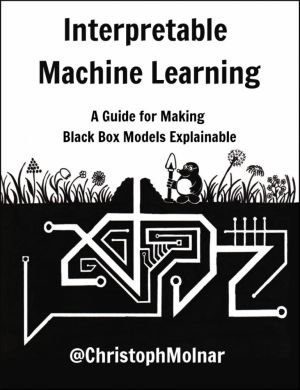
This book is about making machine learning models and their decisions interpretable. After exploring the concepts of interpretability, you will learn about simple, interpretable models such as decision trees, decision rules and linear regression. Later chapters focus on general model-agnostic methods for interpreting black box models like feature i...
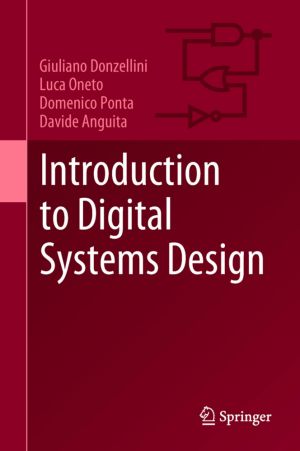
This book has been designed for a first course on digital design for engineering and computer science students. It offers an extensive introduction on fundamental theories, from Boolean algebra and binary arithmetic to sequential networks and finite state machines, together with the essential tools to design and simulate systems composed of a contr...
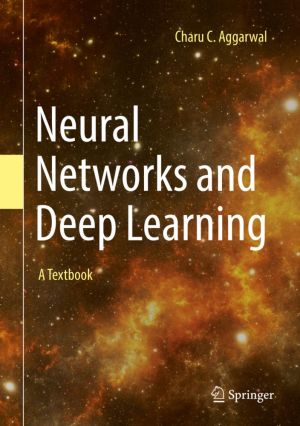
This book covers both classical and modern models in deep learning. The chapters of this book span three categories:
The basics of neural networks: Many traditional machine learning models can be understood as special cases of neural networks. An emphasis is placed in the first two chapters on understanding the relationship between traditional mac...
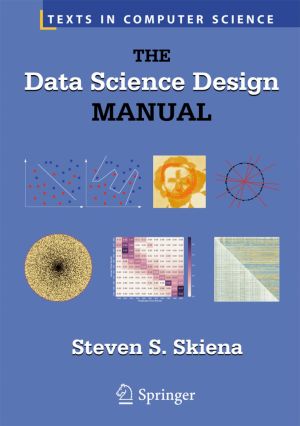
This engaging and clearly written textbook/reference provides a must-have introduction to the rapidly emerging interdisciplinary field of data science. It focuses on the principles fundamental to becoming a good data scientist and the key skills needed to build systems for collecting, analyzing, and interpreting data. The Data Science Design Manual...
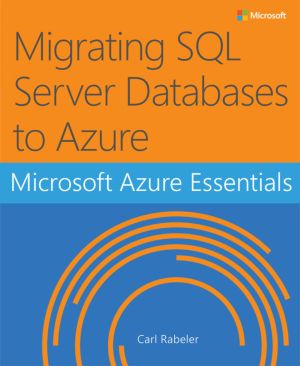
SQL Server is Microsoft's relational database management system (RDBMS). SQL Server can now be hosted entirely in Microsoft Azure, either in a hosted virtual machine (VM) or as a hosted service. Hosting a virtual machine in Azure is known as infrastructure as a service (IaaS), and hosting a service in Azure is known as platform as a service (P...

The demand for mobile applications across Android, iOS, and Windows platforms often puts developers accustomed to .NET and C# in a bind. The gap between platform operating systems, programming languages, and devices is an immense obstacle. Ideally, these developers would be able use their existing skills and knowledge to build native mobile apps. X...
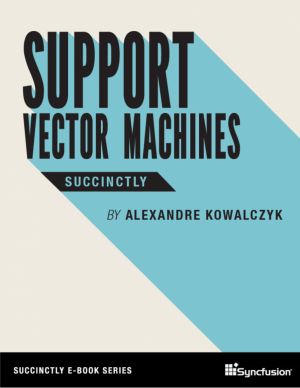
Support Vector Machines (SVMs) are some of the most performant off-the-shelf, supervised machine-learning algorithms. In Support Vector Machines Succinctly, author Alexandre Kowalczyk guides readers through the building blocks of SVMs, from basic concepts to crucial problem-solving algorithms. He also includes numerous code examples and a lengthy b...
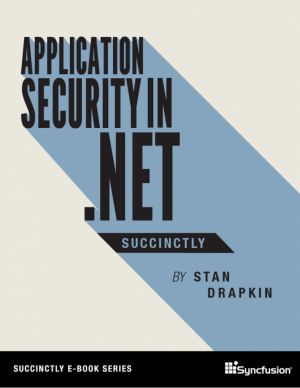
Security in software development should be a first-order requirement, but it's often implemented in projects as an afterthought. With Application Security in .NET Succinctly, author Stan Drapkin provides a refresher of .NET security practices and fills common knowledge gaps for experienced developers and novices alike. Learn about hashes, mach...
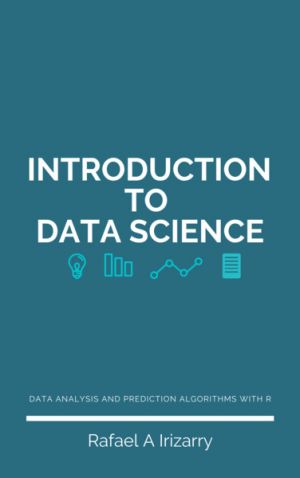
The demand for skilled data science practitioners in industry, academia, and government is rapidly growing. This book introduces concepts and skills that can help you tackle real-world data analysis challenges. It covers concepts from probability, statistical inference, linear regression and machine learning. It also helps you develop skills such a...

Are games worthy of academic attention? Can they be used effectively in the classroom, in the research laboratory, as an innovative design tool, as a persuasive political weapon? Game Mods: Design Theory and Criticism aims to answer these and more questions. It features chapters by authors chosen from around the world, representing fields as divers...
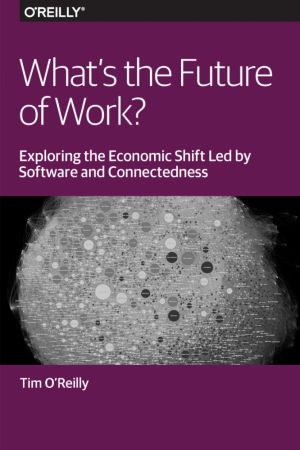
What is the future when more and more work can be done by intelligent machines instead of people, or only done by people in partnership with those machines? What happens to workers, and what happens to the companies that depend on their purchasing power? What's the future of business when technology-enabled networks and marketplaces are better...

For many researchers, Python is a first-class tool mainly because of its libraries for storing, manipulating, and gaining insight from data. Several resources exist for individual pieces of this data science stack, but only with the Python Data Science Handbook do you get them all - IPython, NumPy, Pandas, Matplotlib, Scikit-Learn, and other relate...
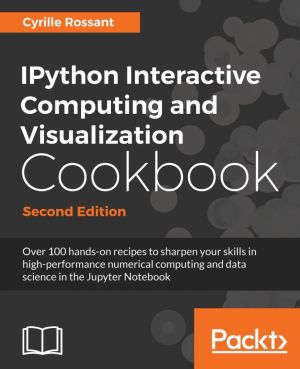
Python is one of the leading open source platforms for data science and numerical computing. IPython and the associated Jupyter Notebook offer efficient interfaces to Python for data analysis and interactive visualization, and they constitute an ideal gateway to the platform.
IPython Interactive Computing and Visualization Cookbook, 2nd Edition ...
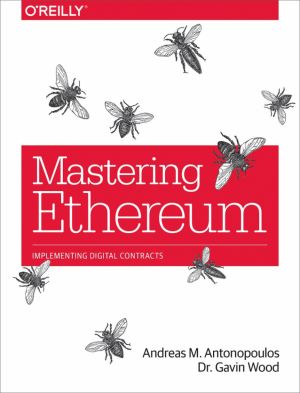
Ethereum represents the gateway to a worldwide, decentralized computing paradigm. This platform enables you to run decentralized applications (DApps) and smart contracts that have no central points of failure or control, integrate with a payment network, and operate on an open blockchain. With this practical guide, Andreas M. Antonopoulos and Gavin...
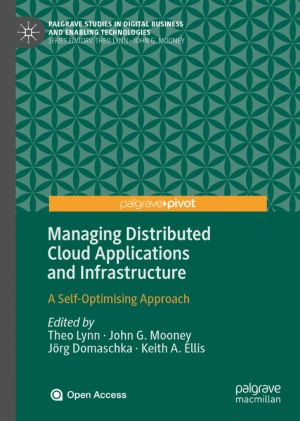
The emergence of the Internet of Things (IoT), combined with greater heterogeneity not only online in cloud computing architectures but across the cloud-to-edge continuum, is introducing new challenges for managing applications and infrastructure across this continuum. The scale and complexity is simply so complex that it is no longer realistic for...
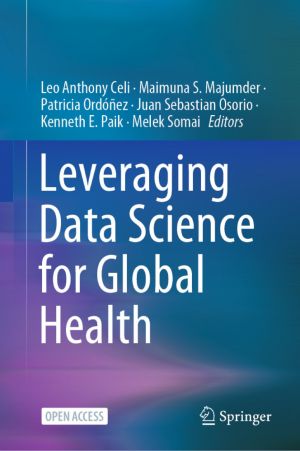
This open book explores ways to leverage information technology and machine learning to combat disease and promote health, especially in resource-constrained settings. It focuses on digital disease surveillance through the application of machine learning to non-traditional data sources. Developing countries are uniquely prone to large-scale emergin...
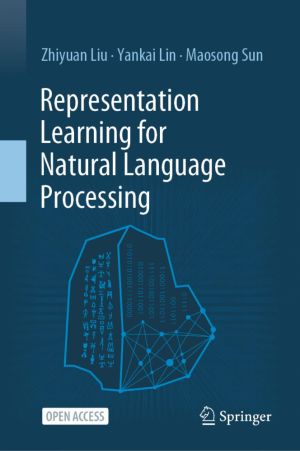
This open book provides an overview of the recent advances in representation learning theory, algorithms and applications for natural language processing (NLP). It is divided into three parts. Part I presents the representation learning techniques for multiple language entries, including words, phrases, sentences and documents. Part II then introdu...

The home computer boom of the 1980s brought with it now iconic machines such as the ZX Spectrum, BBC Micro, and Commodore 64. Those machines would inspire a generation. Written by Tim Danton.
The Computers That Made Britain (300 pages, hardback) tells the story of 19 of those computers - and what happened behind the scenes. With dozens of new in...
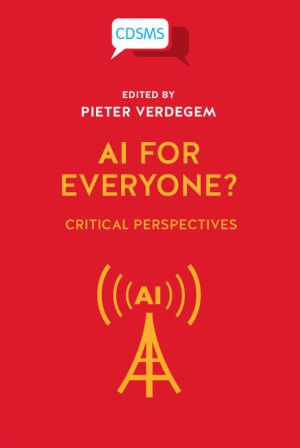
We are entering a new era of technological determinism and solutionism in which governments and business actors are seeking data-driven change, assuming that Artificial Intelligence is now inevitable and ubiquitous. But we have not even started asking the right questions, let alone developed an understanding of the consequences. Urgently needed is ...

Covering the design and implementation of assemblers and loaders, this comprehensive book opens with an introduction to one-pass and two-pass assemblers. Important concepts such as absolute and relocatable object files are discussed, as are assembler features such as local labels and multiple location counters. The format, meaning and implementatio...

Machine learning used to be the preserve of university research departments with money to burn on high-power, high-cost kit - but not any more! Thanks to a new breed of affordable dev boards, anyone can get in on the act at pocket money prices. We've trawled the makersphere for the best, most creative machine learning projects to show just wha...

As technology has developed, computer hackers have become increasingly sophisticated, mastering the ability to hack into even the most impenetrable systems. The best way to secure a system is to understand the tools hackers use and know how to circumvent them. Defense against the Black Arts: How Hackers Do What They Do and How to Protect against It...
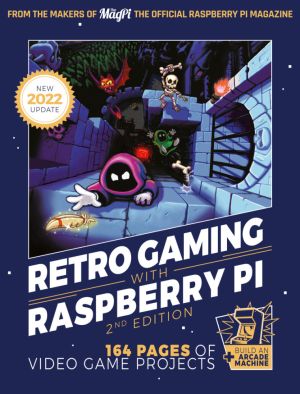
Discover how to set up Raspberry Pi to play classic games in the brand new version of our retro gaming guide. In this 164-page book, you'll learn how to build a portable games machine, assemble a full-sized arcade cabinet, and emulate classic computers and consoles. Our step-by-step guides make each build easy! Plus you'll even learn to p...
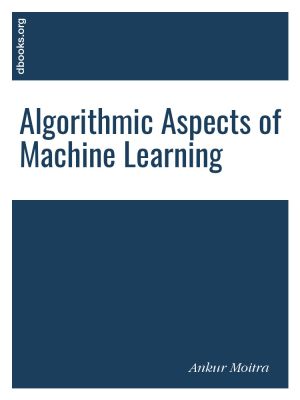
This course is organized around algorithmic issues that arise in machine learning. Modern machine learning systems are often built on top of algorithms that do not have provable guarantees, and it is the subject of debate when and why they work. In this class, we focus on designing algorithms whose performance we can rigorously analyze for fundamen...

William Sharp (1855-1905) conducted one of the most audacious literary deceptions of his or any time. A Scottish poet, novelist, biographer, and editor, he began in 1893 to write critically and commercially successful books under the name Fiona Macleod who became far more than a pseudonym. Enlisting his sister to provide the Macleod handwriting, he...
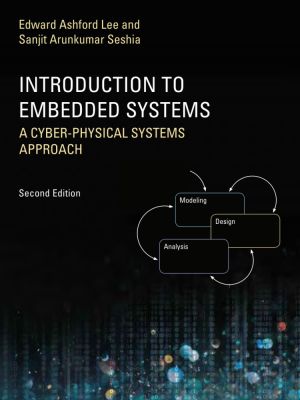
An introduction to the engineering principles of embedded systems, with a focus on modeling, design, and analysis of cyber-physical systems.
The most visible use of computers and software is processing information for human consumption. The vast majority of computers in use, however, are much less visible. They run the engine, brakes, seatbelts,...
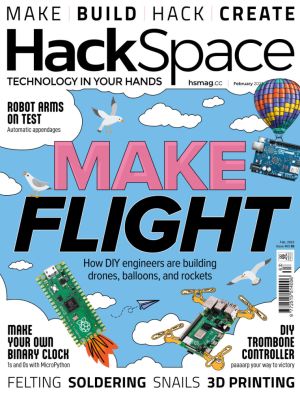
Flying machines: humans have always dreamed about flight, but with our puny arms and lack of feathers it's something we've struggled with. No more! Join us as we explore the best, cleverest and most innovative home-made flying machines. Icarus would have been proud!
- Behold: the world's first articulated print-in-place chocolate ...

This is a chapter from The Criminal Act: The Role and Influence of Routine Activity Theory edited by Martin A. Andresen and Graham Farrell. Target suitability is a cornerstone of Marcus Felson's routine activities approach, and critical in determining crime rates. Recent research identifies reduced target suitability, via improved security, as...

Cyborgs in Latin America explores the ways cultural expression in Latin America has grappled with the changing relationships between technology and human identity. The book takes a literary and cultural studies approach in examining narrative, film and advertising campaigns from Argentina, Bolivia, Chile, Mexico and Uruguay by such artists as Ricar...
